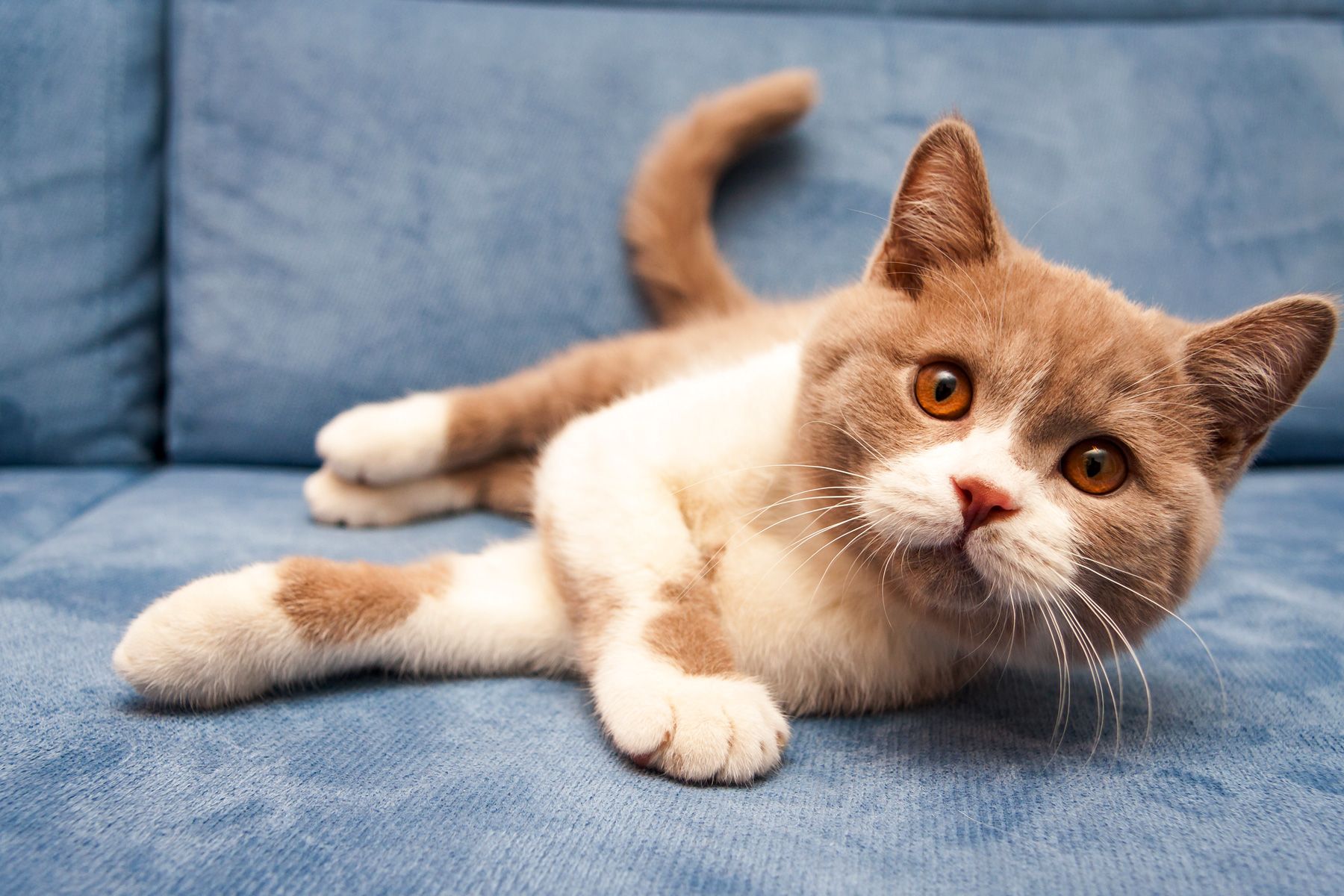- August 6, 2022
- No Comment
- 5 minutes read
Weight Loss Surgery for Fat Cats? – WebMD

Aug. 3, 2022 – Americans are notorious for overfeeding their pets. In 2018, nearly 56 million cats and 50 million dogs were overweight or obese. But when you can’t manage to cut down on the kibble and pare back the pâté, could weight loss surgery be the answer for your overstuffed companions?
To answer the question, veterinarians at Cornell University performed slimming surgery on a pair of obese cats. A few days post-op, the animals were off pain medication and eating normally. Within 2 months, the cats shed half of the weight they gained during the study.
“There have been a lot of studies on weight loss surgery on animals, but for people,” said Nicole Buote, DVM, a veterinary surgeon at Cornell who performed the operations. “To my knowledge, this is one of the first times that the surgery was done to look at its benefit for animals, as opposed to benefits for people.”
Partial Gastrectomy – What Is It?
Buote and her colleagues performed a partial gastrectomy on the two cats after they’d been fattened up to be 50% more than their ideal body weight. Even then, neither kitty was awfully potbellied; one weighed 15 pounds before surgery, the other 9 pounds – a far meow, er, cry, from being a record holder.
As with people, partial gastrectomy involves the removal of a part of the stomach pouch to make it smaller. The refashioned organ holds less food, meaning patients – in this case, felines – feel full faster and eat less.
The laparoscopic procedure takes a little under 2 hours and requires general anesthesia. The cats were comfortable and recovered without complications, Buote says.
The cats in Buote’s study handled the surgery well, and they did lose weight: the 15-pounder was down to 12.5 pounds after the procedure, while the other went from 9 pounds to 7 pounds. But more research is needed to confirm if the surgery will help with obesity and diabetes, she says.
“Cats often get type 2 diabetes, and just like in people, there’s a benefit to weight loss in diabetes,” Buote says. “Our goal is to see if this is a great option for some animals with obesity.”
Of course, as with people, surgery shouldn’t be the first stop on a pet’s weight loss journey, she says.
“As much as I love surgery, I don’t want to be doing partial gastrectomies on cats and dogs just because their owners don’t want to create a more healthy environment for them,” she says.
Changes in diet and exercise are important first steps for your pet, and a veterinarian can help make those changes before doing anything else.
While this surgery is still in research phases, owners may be looking at a $2,500 to $3,500 hospital bill if they eventually chose that route for their feline friends, Buote says.
But rapid weight loss can be deadly for felines.
”If cats lose weight too fast, they can develop fatty liver and die from that,” says Raymond Kudej, DVM, PhD, a surgeon and instructor at Cummings School of Veterinary Medicine at Tufts University in Grafton, MA. “There could easily be complications from the surgery. The results would be unpredictable.”
The lesson for pet owners, in other words, is this: Watching what you put in their bowls is better than letting them go under the knife.
Association for Pet Obesity Prevention: “2018 Pet Obesity Survey Results.”
Veterinary Surgery: “Laparoscopic vertical sleeve gastrectomy in felines: A cadaveric feasibility study and experimental case series in two cats.”
Nicole Buote, DVM, veterinary surgeon, Cornell University, Ithaca, NY.
Guinness World Records: “60 years on, the categories that Guinness World Records no longer monitors.”
Raymond Kudej, DVM, PhD; surgeon and instructor, Cummings School of Veterinary Medicine, Tufts University, Grafton, MA.
© 2005 – 2022 WebMD LLC. All rights reserved.
WebMD does not provide medical advice, diagnosis or treatment.
See additional information.

